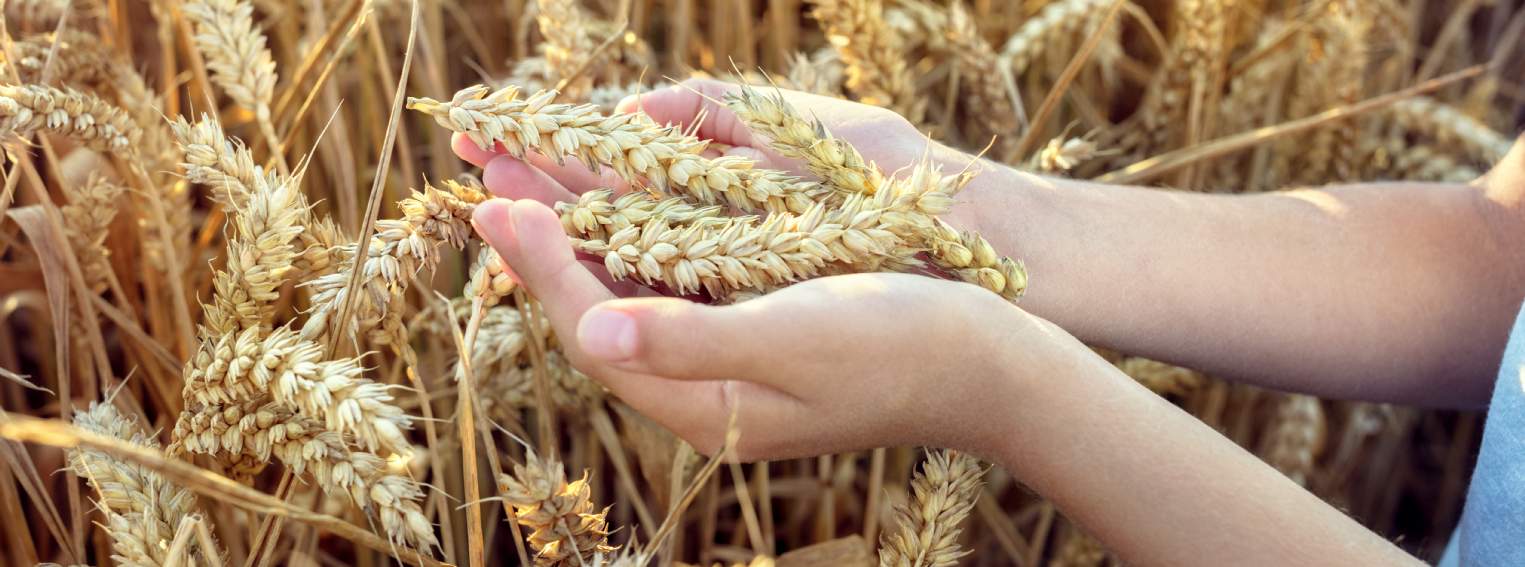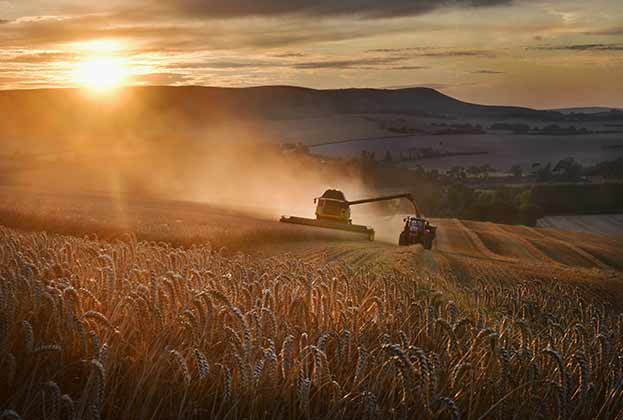The UN has warned that Russia’s invasion of Ukraine could cause a global food crisis that may last for years. Russia and Ukraine together produce 30 per cent of the world’s wheat supply and last year Ukraine was the sixth largest global exporter of wheat. There is fear that the reduction in the international supply of cereals may result in a global food shortage.
Previous generations have responded to food security concerns by increasing production. Post-World War Two, technological investment focused on high input, high output models and unit efficiency rather than system efficiency. These high input models have led to species decline, habitat fragmentation and rising levels of greenhouse gases and pollution.
As we face a collective resource crunch caused by conflict in the breadbasket of the world, it is important we don’t make the mistakes of the past. The Government’s new Food Strategy makes an explicit role for ‘industrial horticulture’ in meeting our collective food needs, as well as investments to promote more balanced systems such as regenerative agriculture. The strategy does not seek an interventionist approach to the current food and energy crises though, citing that supply chains kept going through covid and will keep going again.
However, crisis is the mother of innovation – food producers and consumers may now be encouraged to adopt approaches to sustainable food production that they have previously had the privilege to eschew.
Here are four food-tech innovations where conflict may accelerate adoption of more sustainable solutions:
1. Controlled Environment Agriculture – Farming stalwarts suggest digging up land to grow food, much as we did during World War Two. Outdoor growing seasons are short and slow, but controlled environment systems are unlimited in their output. Greenhouses and tower systems could bring vital nutrition close to consumers. The Food Strategy backs this as a growth area.
Needs: investment, planning reform, market access.
2. Nitrogen-fixing wheat – Plant breeders have made great progress with precision breeding techniques to accelerate natural evolution, but some innovations rely on advances that are deemed a step too far. GM is one of them. Scientists have been working on introducing the nitrogen-fixing abilities of legumes into common wheat varieties, but the GM techniques remain controversial. Wheat that doesn’t require artificial nitrogen would solve resource pressures but remains decades from realisation.
Needs: legislation, investment, consumer backing.
3. Waste as feed – One third of the food produced globally is wasted. Every 1kg of food waste releases 2.5kg of CO2, particularly when it ends up in landfill. Traditionally, food waste was recycled as feed for pigs and chickens, but biosecurity problems ensued with catering waste. Insects could solve the recycling issue by repurposing post-consumer waste into biosecure feed for animals, with the twin benefit of avoiding using feed sources that could be suitable for human consumption and reducing greenhouse gas emissions.
Needs: legislation, local partnerships, investment.
4. Fifth quarter eating – The fifth quarter refers to the internal parts of an animal such as heart, liver, kidney and tongue – also known as offal. Historically, the fifth quarter referred to the profit slaughterhouses made from offal, adding value to it by converting it into sausages, jellies, brawn and even soap. Nose to tail eating has made a renaissance as part of the no waste movement in recent years, and maximising this sentiment, encouraging consumers to broaden their culinary appetites and make more use of cheaper ‘waste’ cuts is a thrifty way to use much of the meat we already produce.
Needs: product innovation
Further information
Spotlight: Agri-food sustainability

.jpg)
.jpg)
.jpg)



.jpg)
.jpg)
.jpg)
.jpg)